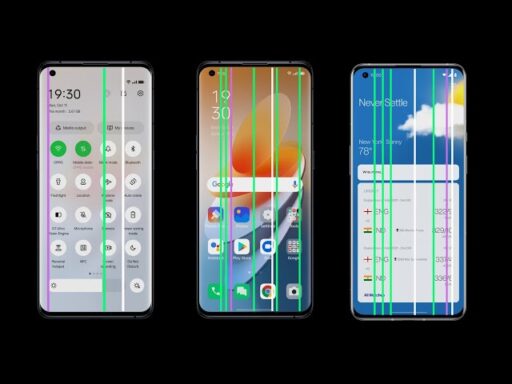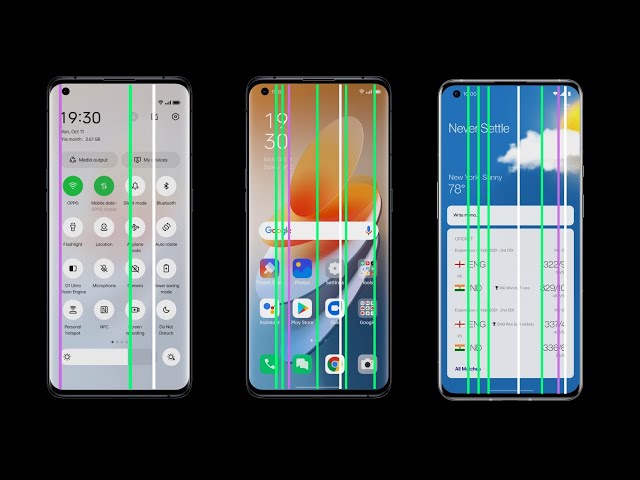As green line issues become more common, it’s crucial to assess which brands are more prone to this problem. Here’s a risk rating based on user feedback, display technology, and historical occurrences:
| Brand | Risk Rating (1-10) | Current Models Affected | Future Models Risk |
|---|---|---|---|
| Apple | 8 | iPhone 13, iPhone 14 Pro | High – OLED tech is evolving, but prone to issues in updates and hardware aging. |
| Samsung | 8 | Galaxy S21, Galaxy S22 Ultra | High – OLED dominance and software updates pose risk for newer models like Galaxy S24. |
| OnePlus | 7 | OnePlus 8, 9, 10 series | Moderate to High – Continued use of OLEDs increases risk, especially in flagship series. |
| Xiaomi | 6 | Mi 11, Redmi Note 10 Pro | Moderate – Less frequent issues but still a risk in new OLED models like Xiaomi 14. |
| Google Pixel | 4 | Minimal reports in Pixel 6, 7 Series | Low to Moderate – Few reports, but risks remain with OLED in future Pixel models. |
| Sony Xperia | 3 | Limited reports | Low – OLED implementation seems more reliable so far. |
| Motorola | 2 | LCD phones are safe; fewer OLED models | Very Low – Minimal OLED exposure, low chance in future models. |
Why These Ratings?
- Apple and Samsung: Both brands rely heavily on OLED displays, which are more prone to the green line issue. As their premium phones continue to use OLED, the risk remains high for future models like iPhone 16 and Galaxy S24.
- OnePlus: OnePlus users have seen frequent complaints of green lines, particularly after software updates. Their future models are also expected to maintain OLED use, increasing risk.
- Xiaomi: Though not as widespread, Xiaomi users have also faced similar issues, with mid-range models like the Redmi Note series having slightly fewer cases.
- Google Pixel and Sony Xperia: These brands have fewer reports of green lines, but the risk exists as OLED technology remains part of their flagship devices.
- Motorola: Most Motorola phones continue to use LCD displays, which are far less susceptible to green lines. Their limited adoption of OLED in premium models lowers the risk.
Future Risk of Green Lines for Major Brands
As smartphone technology advances, the risk of green line issues remains prevalent, especially for brands heavily reliant on OLED displays. Here’s a future outlook for major brands:
- Apple: Future iPhone models, particularly those using advanced OLED tech (e.g., iPhone 16 and beyond), remain highly susceptible to green line issues, especially after software updates or prolonged use.
- Samsung: Samsung’s flagship devices like the Galaxy S24 and Fold series, which use cutting-edge OLED panels, are also at high risk due to the complexity of their displays.
- OnePlus: With OLED dominating OnePlus’s higher-end models, future releases like OnePlus 13 are expected to face similar risks.
- Xiaomi: Xiaomi’s risk is moderate, but future high-end models, especially with AMOLED screens (e.g., Xiaomi 14), might experience the issue occasionally.
- Google Pixel: The Pixel 8 and future iterations might see low-to-moderate risk, as Google is improving its display technologies and addressing past issues with better calibration.
- Sony Xperia and Motorola: Both brands have shown lower risk due to more conservative use of OLED or reliance on LCD displays in their phones, though this may change as more OLED models are introduced.
Conclusion
As OLED displays remain the standard for flagship smartphones, green line issues will persist, especially in brands pushing for the highest display specs. Manufacturers will need to focus on both hardware durability and software stability to reduce these occurrences in future models.





